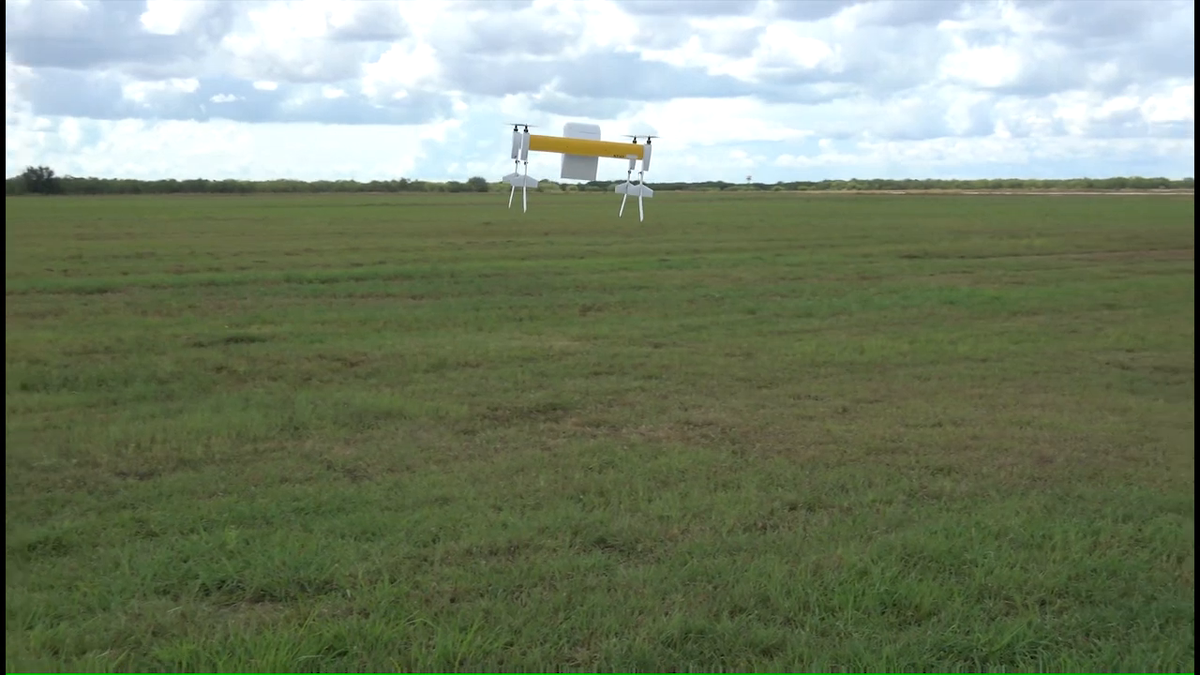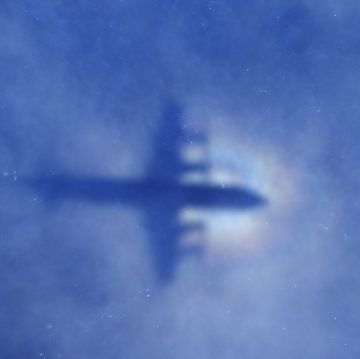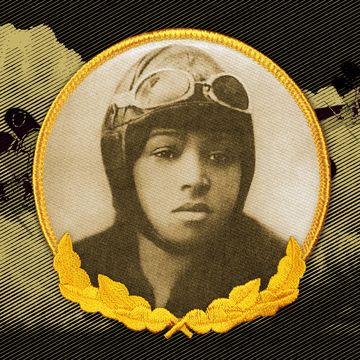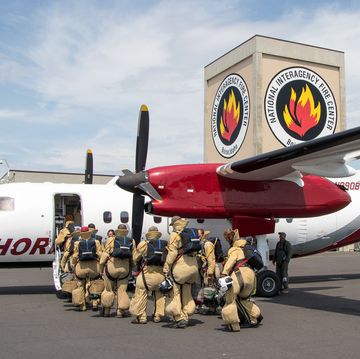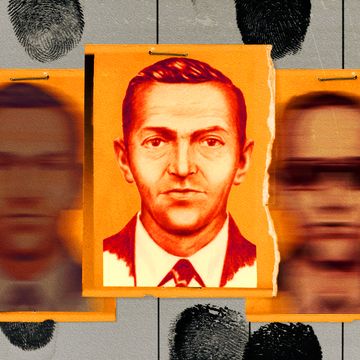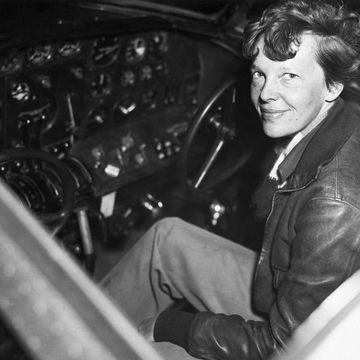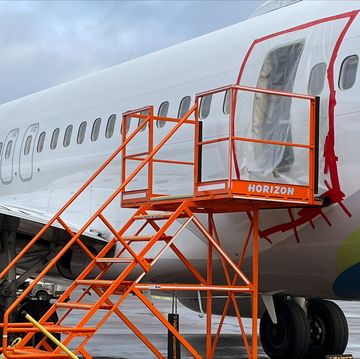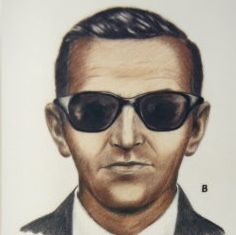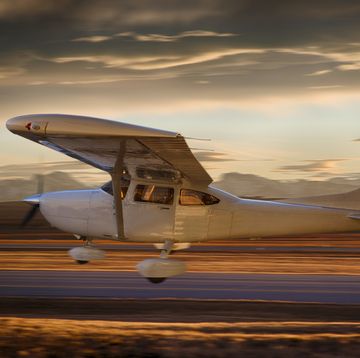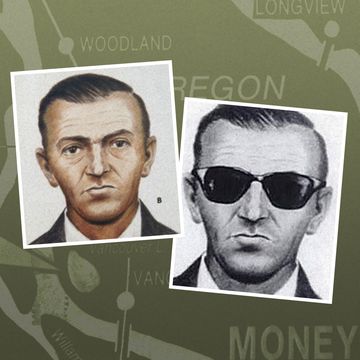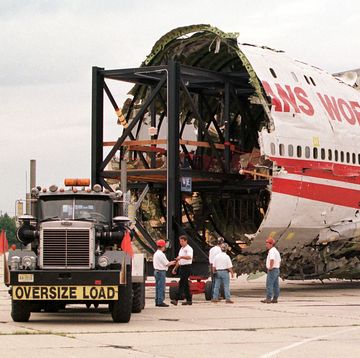The year is 1949. The National Advisory Committee for Aeronautics (predecessor to NASA) has just come into 50 twin-engine cargo planes, a few dozen tired aircraft aching from their service in during the Berlin airlift. It's a fleet of prop-planes just ripe for exploding. In the name of safety of course.
This is was the young, pre-NASA organization's attempt to help solve the problem of crash fires, that troubling tendency that crashed planes have to explode. In today's world of meticulous computer models and highly accurate digital sensors, it might be possible to make serious headway on such a problem without seeing a plane set ablaze. But in the late 1940s, a more spectacular—but still careful and methodical—approach prevailed.
NACA didn't just slam its newly acquired planes into the ground willy-nilly. Instead, each test saw its victim cargo plane sent off down the runway at full speed and without a pilot, held on course by a guiding rail. At the end of the runway, the plane would slam into an embankment that would pretty much annihilate the landing gear as well as clip the propellers, sending the plane into a simulation of a catastrophic but not fatal skid. It was the kind of hard landing you could survive if the plane didn't immediately burst into flames.
But boy did those planes ever burst into flames, and to understand how it was happening NACA took great pains to track every collision detail it could. Different combustable fuels were color-coded so that their spread could be tracked, and each doomed plane was outfitted with instruments to record temperatures and other variables, sending their data to a rudimentary fireproof black box.
Ultimately, NACA developed an inerting system that could prevent horrific fires like these, but at the cost of about 1,200 pounds of extra weight. Commercial airlines balked, and NACA had no power to force them into it. The documentary you'll see below, complete with impressive explosions and narration by David Brinkley, was NACA's best and biggest attempt at persuading them otherwise:
In the end, many airplane manufacturers did end up adopting the kind of modifications that NACA developed and suggested, but on their own terms and in their own time. Whether or not NACA's tests were immediately effective, they were immediately impressive. The footage stands as testament to the sort of brute-force testing that had to happen in the early days of avaition. Testing that's no less impressive today.

